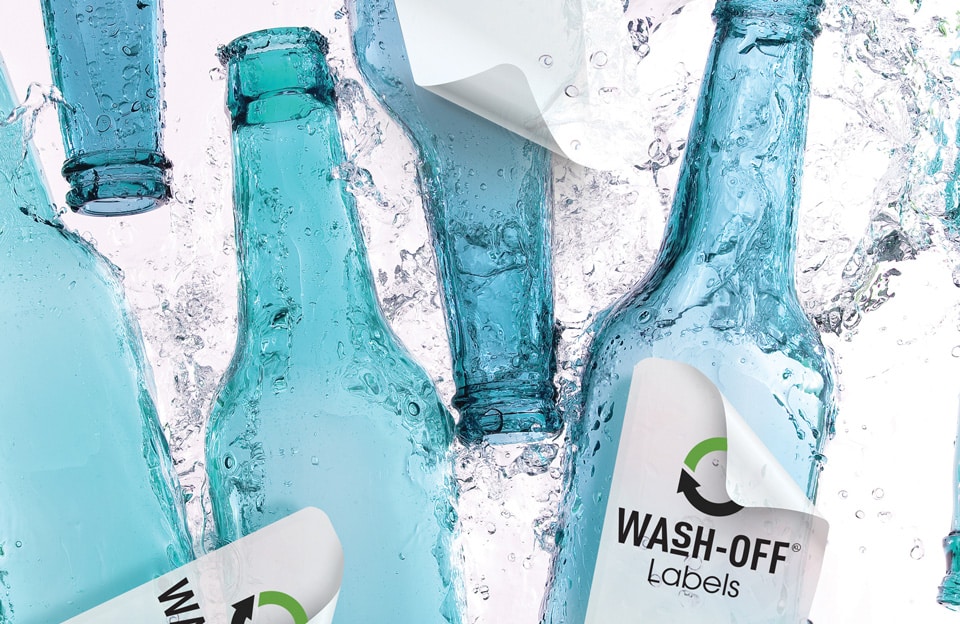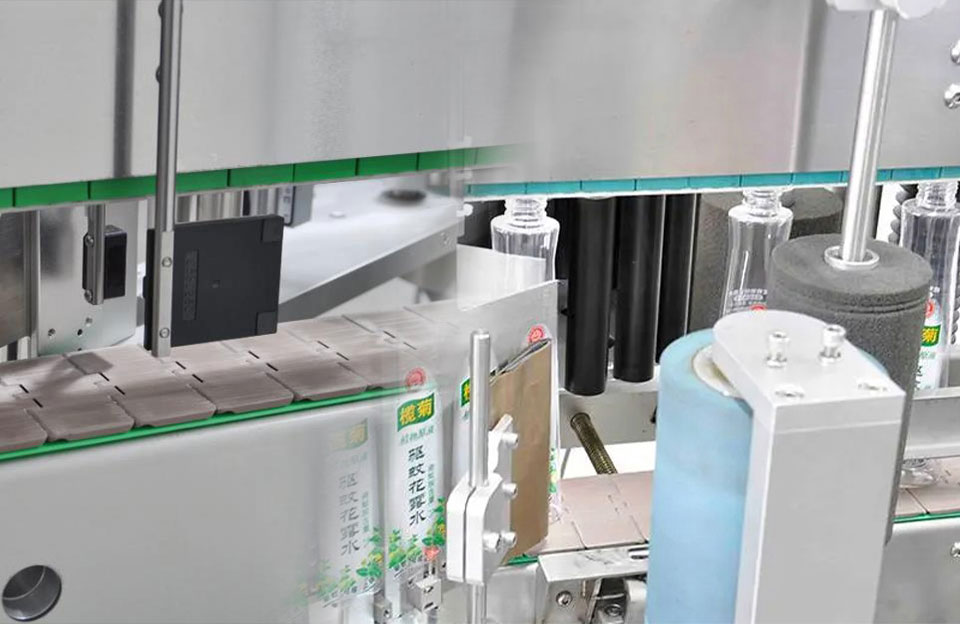Wash-off label technology is an innovative solution for easily removable labels, especially in industries where labeling requirements change frequently, or recycling and reusing containers is important. The novelty of a wash label lies in its adhesive and material properties that allow it to dissolve or separate when exposed to water or moisture.
What is the Innovation of Wash-off Label Technology?
Key innovations and benefits of wash-off label technology include:
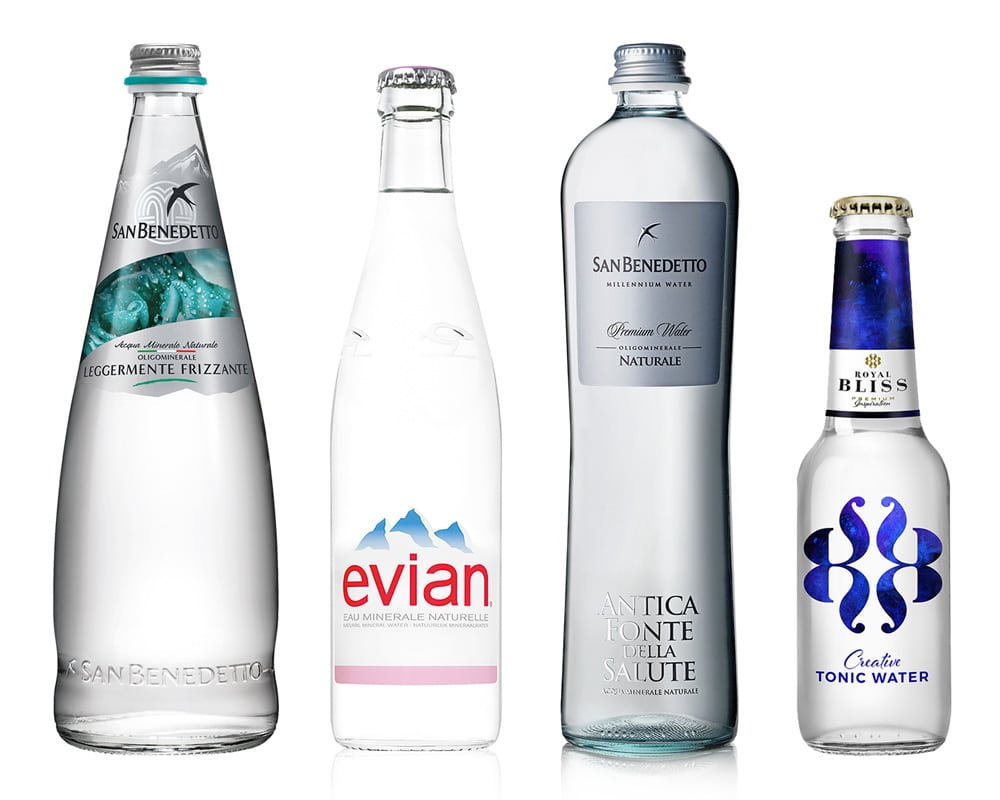
- Water-Soluble Adhesives: The adhesives used in washable labels are designed to be soluble in water. This innovation allows easy label removal by simply washing the labeled item, leaving no residue after the adhesive dissolves, which is critical for recycling and reusing containers without contamination.
- Recyclability: Washable labels increase the recyclability of containers and products. Containers can be recycled more efficiently as labels can be easily removed without leaving adhesive or paper fragments behind. Recycling containers are extremely valuable for industries working to reduce waste and improve their environmental footprint.
- Temporary Labels: Wash-off labels are great for situations where temporary labels are required. For example, beverage manufacturers can use wash-off labels during limited-time promotions or events without affecting the appearance of the bottle after the promotion ends.
- Cost Savings: Washable labels can reduce the cost of the label removal process. Traditional labels may require manual or mechanical action to remove adhesive residue, which can be time-consuming and expensive. Wash-off labels eliminate the need for such additional steps.
- Flexibility: Innovations in wash-off labels offer greater flexibility in labeling and branding strategies. Companies can apply labels to reusable containers without worrying about adhesive buildup or label residue affecting the container’s appearance.
- Consumer Experience: Washable labels can improve the overall experience for end consumers. The labels can be easily removed, allowing consumers to enjoy the product without any residual sticky or paper residue.
The development of care label technology requires careful consideration of materials used, adhesive properties, and the balance between adhesive strength and ease of tearing, an innovation that aligns with sustainability goals, packaging regulations, and consumer demand for greener, more user-friendly packaging plans.
The Difference between Washing Labels and Wet Glue Labels
Wash-off and wet glue labels are both solutions used to apply labels to products or containers.
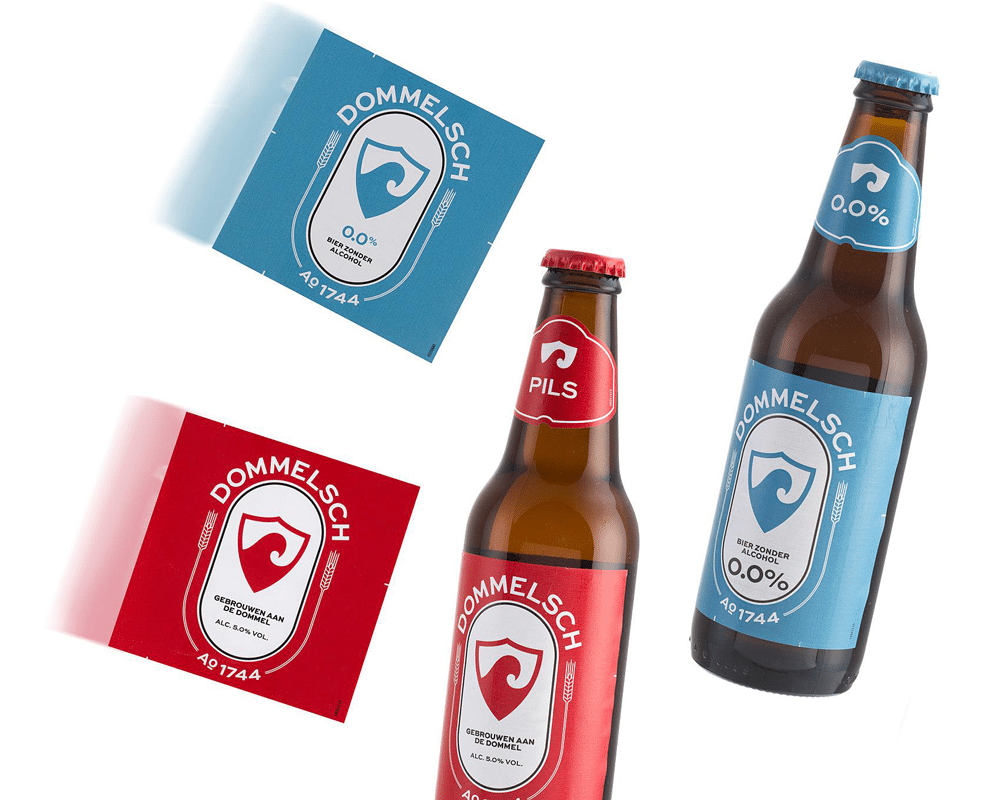
Wash-off Labels: wash-off labels, also known as dissolvable labels, are designed to be easily removed from containers or products when exposed to water or moisture and are typically used for temporary labels or that require frequent Recycled or relabeled products. The main features of the wash-off label are:
- Adhesive: Wash-off labels are attached to the surface using a water-soluble adhesive that allows the label to dissolve easily when the labeled item is washed or soaked in water.
- Removable: Wash-off labels are easy to remove without leaving any residue on the container or product and are typically used on beverage bottles, glass containers, or reusable packaging that needs to be relabeled.
- Recyclability: Wash-off labels benefit containers that need to be recycled without contamination from adhesive residue or labels.
Wet Glue Labels: Wet glue labels, also known as cut stack labels or cold glue labels, are applied using a wet adhesive activated upon contact with a surface. Wet glue labels are typically used for products with longer shelf life or where permanent labels are required. The main features of wet glue labels are:
- Adhesives: Adhesives required for wet glue labels are usually water or solvent-based and form a strong and permanent bond to the container or product.
- Durability: Wet-glue labels can withstand various environmental conditions, including humidity, temperature changes, and handling, and are typically used for food and beverage products that need to maintain their appearance over time.
- Application: Wet glue labels are typically applied using a labeling machine where the wet adhesive is applied to the label or directly to the product or container, and the label is then taped into place with pressure applied to ensure a secure bond.
The main difference between wash-off and wet-glue labels is their adhesive properties and intended use. Wash-off labels can be easily removed with water, making them suitable for temporary labels and recycling purposes. Wet glue labels use a strong adhesive and are designed for more permanent applications where durability and longevity are important.
Application of Wash-off Labels on Returnable Bottles
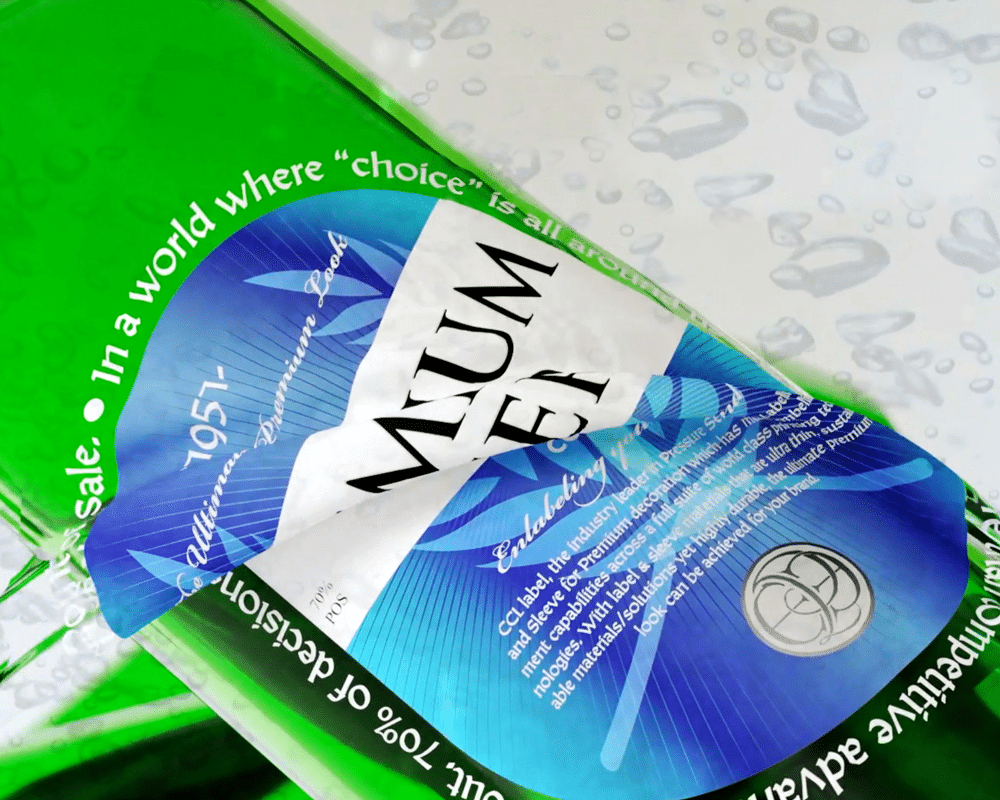
Wash-off label technology offers significant advantages when applied to returnable bottles, containers designed to be used multiple times by consumers and then returned to the manufacturer or retailer for cleaning, refilling, and reuse.
- Temporary Branding and Promotions: Wash-off labels can be used by manufacturers to place temporary branding, promotional offers, or seasonal information on returnable bottles, which can be easily removed after the promotion ends, ensuring the bottles can be reused with a clean look.
- Rebranding and Personalization: Returnable bottles can be used for different products over time. Wash-off labels allow changing branding, logos, or product information without leaving adhesive residue or label residue.
- Easy to Remove for Reuse: Washable labels simplify preparing returnable bottles for reuse. The consumer or collection center can easily remove the label without needing an adhesive removal process, ensuring the bottle is clean and ready for refilling.
- Enhanced Recycling: Wash-off labels help improve returnable bottle recycling by dissolving or peeling off when bottles are returned for recycling, eliminating potential contamination from adhesive or label debris.
- Reduce Disposal Costs: Returnable bottle systems typically involve cleaning and inspecting return containers, and wash-off labels can reduce disposal costs by eliminating manual label removal and adhesive cleaning steps.
- Sustainability and Waste Reduction: Washable labels reduce the waste associated with labels that may not completely separate from the bottle or require special removal processes, which is especially important for systems that focus on waste reduction and circular economy principles while Sustainability goals are aligned.
- Consumer Convenience: Consumers can easily peel off labels from returnable bottles, enhancing the overall user experience and encouraging continued participation in returnable bottle programs.
- Diverse Industry Applications: Washable labels can be applied to various industries using returnable bottle systems, such as beverages, dairy products, personal care products, etc.
Conclusion
The application of wash-off labels in returnable bottle systems supports sustainability, brand flexibility, consumer satisfaction, and efficient bottle handling, contributing to the success of circular economy initiatives and reducing the environmental impact of packaging.
